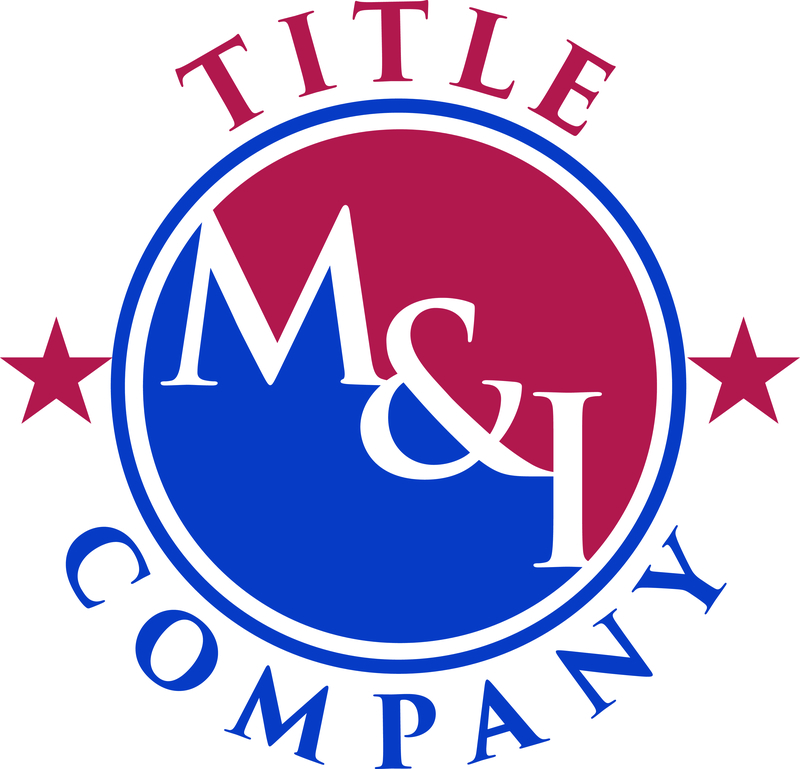
Dennis Norman
A report just released by CoreLogic estimate the financial impact of short-sale fraud to be $310 million annually. It is estimated there is fraud in one in every 53 short sale transactions resulting in an unnecessary loss to the lender of $41,000 per transaction on average.
The report defines short sale fraud as a transaction, “where parties involved in the process manipulate the short sale transaction and/or subsequent transaction for a profit.” Freddie Mac recently refined the defi nition: “Any misrepresentation or deliberate omission of fact that would induce the lender, investor or insurer to agree to the terms of a short payoff that it would not approve had all facts been known.”
One example of this is strategic default when a homeowner misrepresents his or her financial situation — fabricating untrue hardship in order to qualify for a short sale.
Another short sale fraud happens when parties manipulate the short sale and/or subsequent resale of the property. In Figure 3 below, fraud occurs when the highest offer is deliberately withheld from the lender by the real estate agent.

Source: CoreLogic 2010 Short Sale Research Study
Highlights of the Report:
- The number of short sales has more than tripled since 2008. Multiple variables indicate short sales will continue to be a significant factor for the industry.
- During 2009 and 2010, over half of all short sales (55.8%)

Source: CoreLogic 2010 Short Sale Research Study
occurred in four states: California, Florida, Texas, and Arizona.
- Approximately 4% of short sales have a subsequent resale within 18 months.
- Investor-driven short sales are not inherently bad, since investors provide the industry with necessary liquidity.
- Short sale transactions are “risky” for lenders when either (1) the second sale amount is vastly higher than the initial short sale, and/or (2) the second sale transaction happens too soon after the first.
- While the exact definition of what constitutes short sale fraud continues to evolve, it clearly exists. The analysis shows a consistent pattern of lenders incurring more loss than necessary. About one in 53 short sale transactions in our study (1.9%) was part of an egregious flip — and therefore deemed risky.
- It is estimated that lenders are currently incurring unnecessary losses in short sale transactions at the rate of $310 million per year.



Leave a Reply
You must be logged in to post a comment.